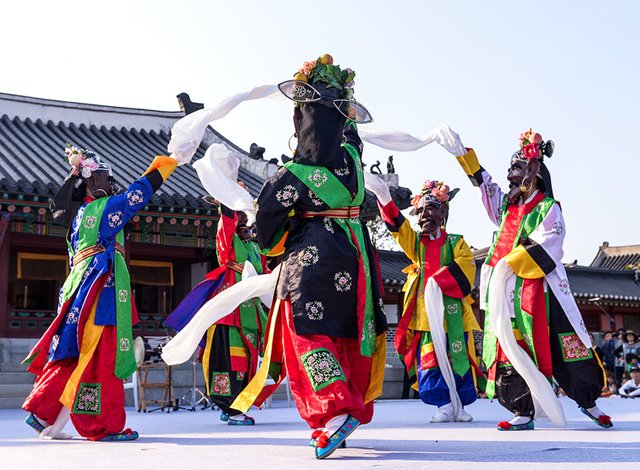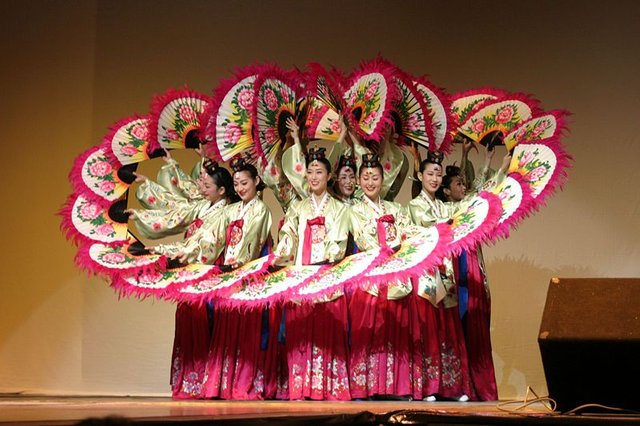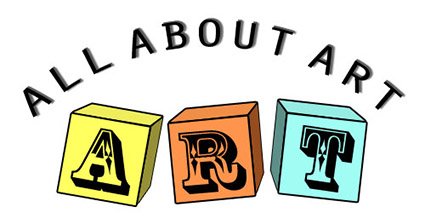5 Traditional Dance From South Korean
South Korea is famous not only because of its drama and music alone. But K-Pop fever has penetrated to the traditional culture owned by the country. As a country with a very long history, it turns out South Korea has a variety of traditional dances.
This dance is generally developed since the time of the kingdom and able to survive until today. Traditional dance typical South Korea actually consists of 2 types, namely the royal dance and the people. To further enhance your knowledge, here @AllAboutArts have summarized the various types of traditional dance South Korean that you should know. Let's check it out...
1. Seungmu Dance

Seungmu is a Korean traditional dance originally danced by monks. It is one of the most famous Korean traditional dances and designated as South Korea's important intangible cultural asset number 27 in 1969. This dance is accompanied by a Buddhist music game with 8 repertoires, namely yeombul, dodeuri, taryeong, jajin taryeong , gutgeori, dwit gutgeori, gujeong nori, and saesanjo.
Many Koreans think that Seungmu is one of the most beautiful and elaborate folk dances of his movement. The beauty of this dance is seen from the graceful movements of the dancer who uses a long white shawl and then hit the drum. Facial expressions vary in each section. Seungmu dancer wearing a white hood called a gokkal with long sleeves called gasa.
2. SeungJeonmu Dance

The next typical South Korean dance is SeungJeonmu dance. SeungJeonmu is a kind of warrior dance to honor the god of the earth. This dance has appeared about 2000 years ago and is usually held when Koreans going to war. Through this dance is expected Earth God will give the victory of war SeungJeonmu consists of sword dance and drum dance commonly called mugo. Dance figures became so popular when South Korean historic figure General Admiral Yi Shun Shin during the Joseon Kingdom ordered his soldiers to dance SeungJeonmu while going to war.
3. Hallyangmu Dance

Hallyangmu is a Korean folk dance featuring the life of the Joseon Dynasty nobility. At first this dance was performed in a stunt group stage show for the poor people. However, when this group of entertainers disappears, the hallyang dance begins to be performed for adults only. Since 1910, hallyangmu is often featured in gisaeng entertainment houses and parties.
This dance is rooted in the lives of happy hallyangs in the past so there is no fixed structure. Hallyang is a group of idle youths (nobles of Joseon) who only spend their time in a spree and have fun. The theme ranges from daily life and the love stories of hallyang played by noble characters, lower level officials, monks and gisaeng.
4. Cheoyongmu Dance

The next typical South Korean traditional dance is Cheoyongmu. This dance is a kind of mask dance that is often staged in the palace to reject the reinforcements and ask blessings to the gods. This dance is believed to have originated from the time of the Silla United Kingdom and is still able to survive to this day. In 2009, UNESCO has even entrusted this Cheoyongmu dance into the Supreme Masterpiece of the Oral and Nonhuman Cultural Heritage of Man.
This dance is synonymous with the use of a red Cheoyong mask with a friendly smile and white teeth. This mask is also equipped with 2 earrings, necklaces and black hat with peony flowers, tree twigs, and 7 peaches. All these elements are believed to be exorcists.
5. Buchaaechum Dance

This dance is also called fan dance. The Buchaaechum dancers do use a beautiful fan with a picture ornament of peonies. The dance is performed by a group of women wearing hanbok with bright and contrasting colors.
This dance was originally intended to commemorate the worship ceremony of gods, but now this dance has been staged at various annual events, festivals, and also state events. Characteristic peculiarity of this Buchaechum dance is the existence of a neat circular formation. The dancers then use the fan to form wave movements, flying butterflies, obaklaut, flowers, and many more.
That's 5 traditional dance of South Korea which is still exist until today. Hope you like it and give more knowledge for you all. Follow @AllAboutArts for more interesting things about arts. See you in my next post guys...

Hai allaboutarts. I want to share about saman dance from Gayo.https://steemit.com/culture/@gayocoffee2/saman-dance-from-gayo-to-the-world
and If you want to travel to Indonesia, you can check on my profile tour destination. Thank you
Thanks for the informative post :)